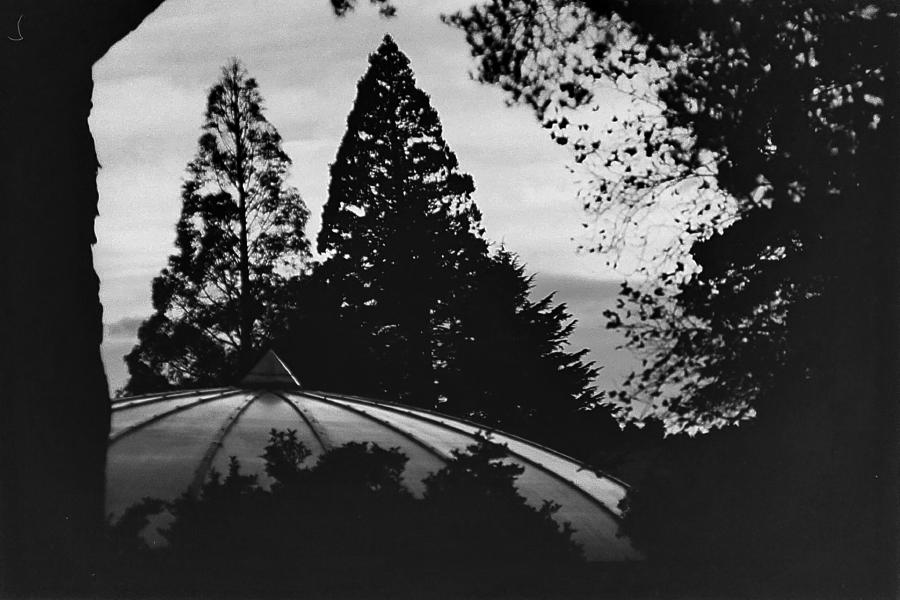Here’s the “last” of the first batch of Rollei film, in which I grabbed just about every filmstock available for testing. This is another retro roll (which I found great success with previously), but now at ISO 80 rather than 400. There simply isn’t a lot of light available to me these days (thank you, daylight savings and the horrendously shortening days) so I would prefer a slightly faster film, but testing out ISO 80 seems like fun, too! This roll had some problems, so I will likely stick to Retro 400S in future.
I say this is the “last” of the first batch because there is technically one more roll… Rollei RPX 25. As the name suggests, this is an ISO 25 film. What the HECK am I going to do with ISO 25?! I may well have to set my camera on a tripod and leave to it expose all day! I will shoot this roll eventually, but… goodness, that will be a challenge.
Camera: Ricoh KR-10 Super
Lens:
Film: Rollei Retro 80s
Post Processing: GIMP
Trichromes

Trichroming with this film stock really did not work well. For some odd reason the balances just seemed all off, almost like the sensitivity was wildly different between different wavelengths.
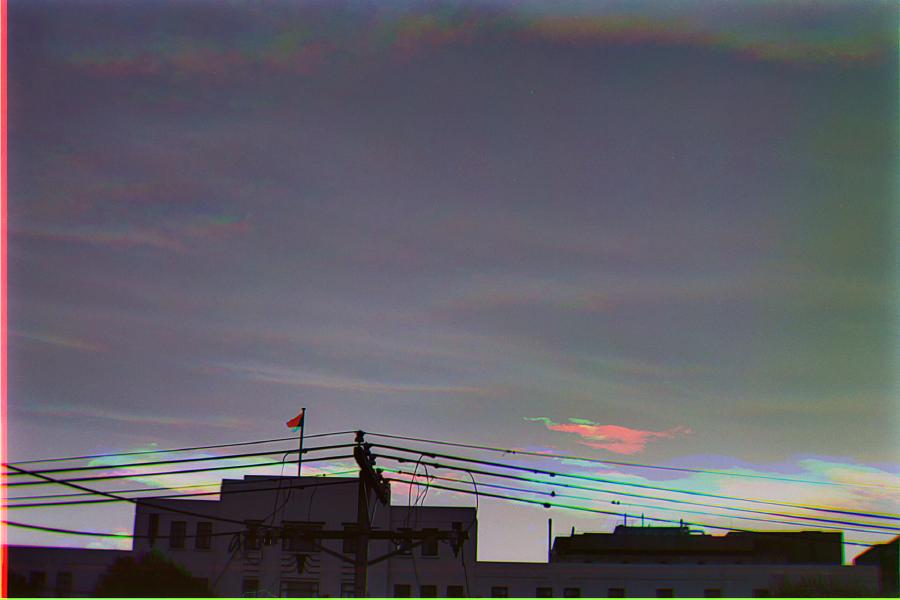
I tried a few more trichromes, but these were the only two to really turn out. Hence the lack of images in this post.
Clouds
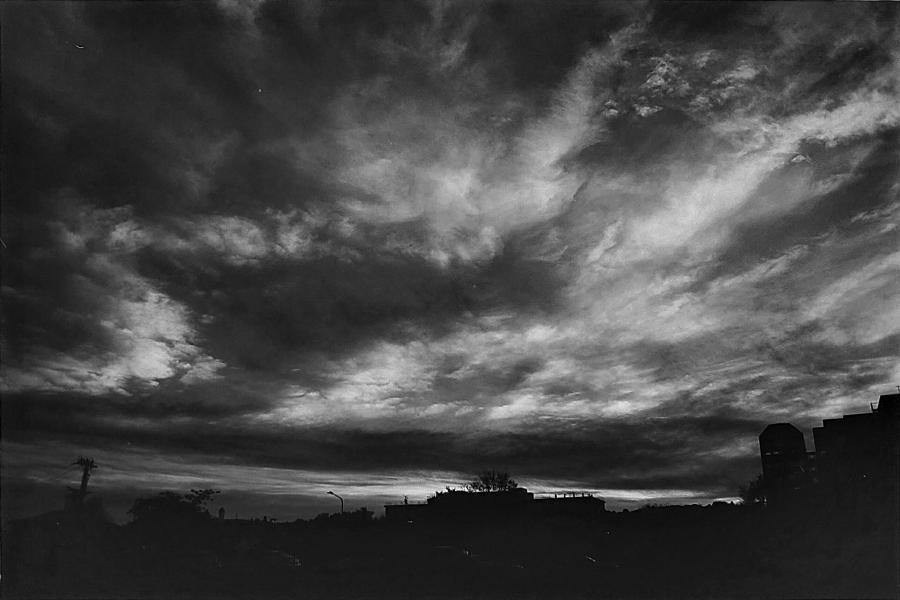
A major feature of this roll was the number of cloud images I took. I don’t know why, perhaps that’s just the mood I was in.
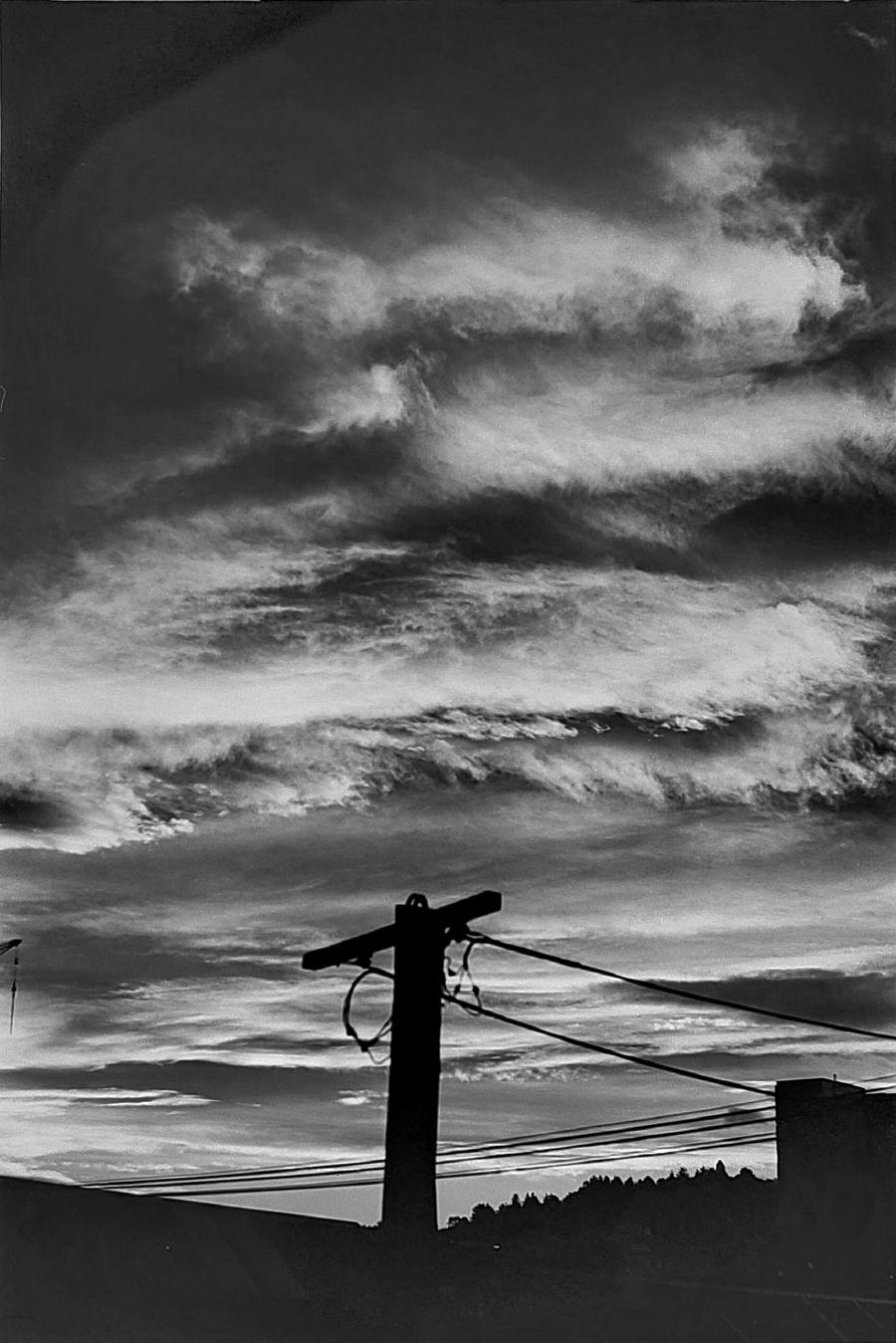
However, the clouds simply spoke to me, and who am I to reject?
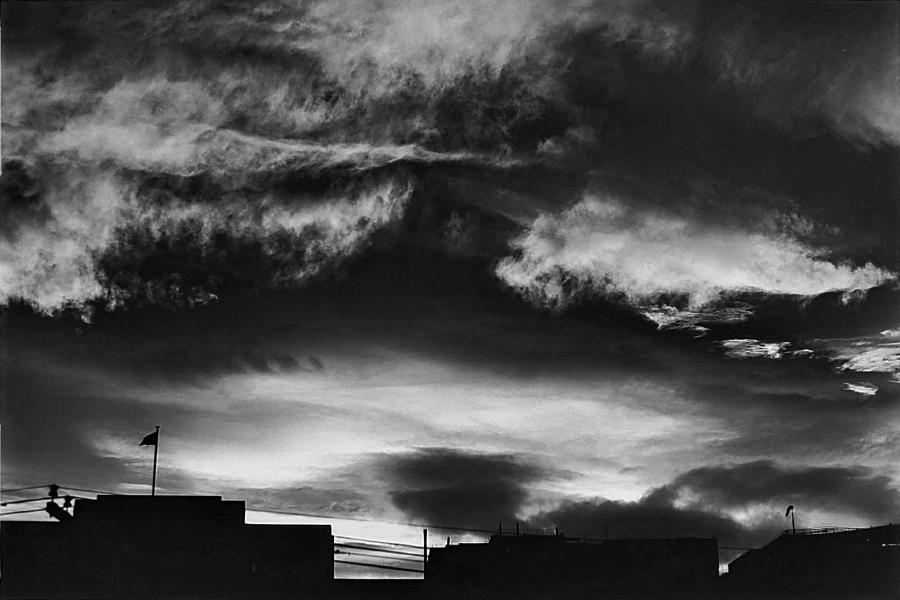
A careful eye may detect something slightly different in this frame compared to the other cloud exposures. This frame has even more contrast than usual. How? Surely we have exhausted the red-filter trick? Indeed we have, but we can push the trick further.
Infrared.
This frame was taken with an infrared filter, which comes with its own challenges. However, the contrast achieved is unlike anything I’ve seen before. Rollei 80S is slightly infrared sensitive, which is atypical of many film stocks. I have since obtained some more infrared sensitive film, and plan to shoot this in the near future, but the requirements of a VERY sunny day are quite demanding right now… watch this space!

Remaining Frames
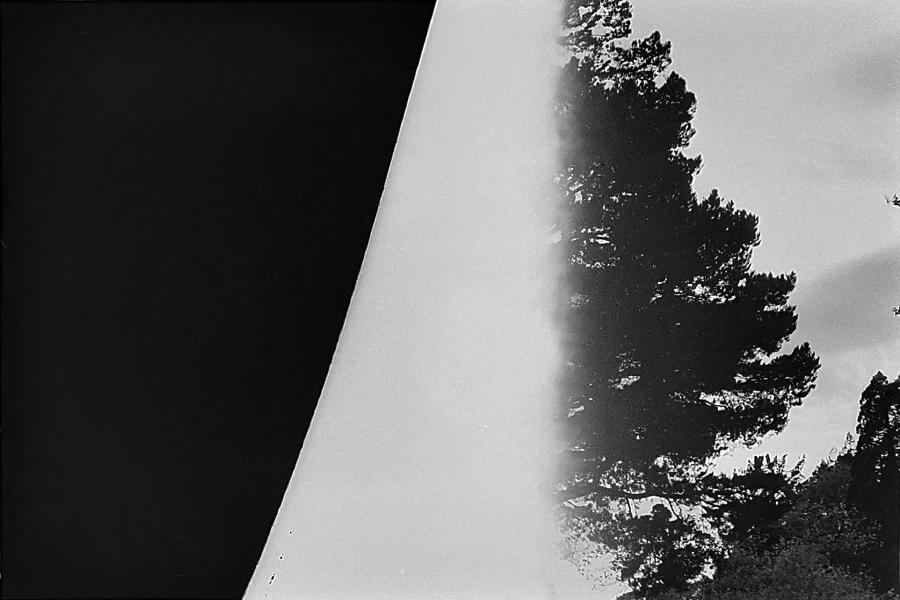
The light leaked over the first frame was kind of cool, so I’ve included it here.
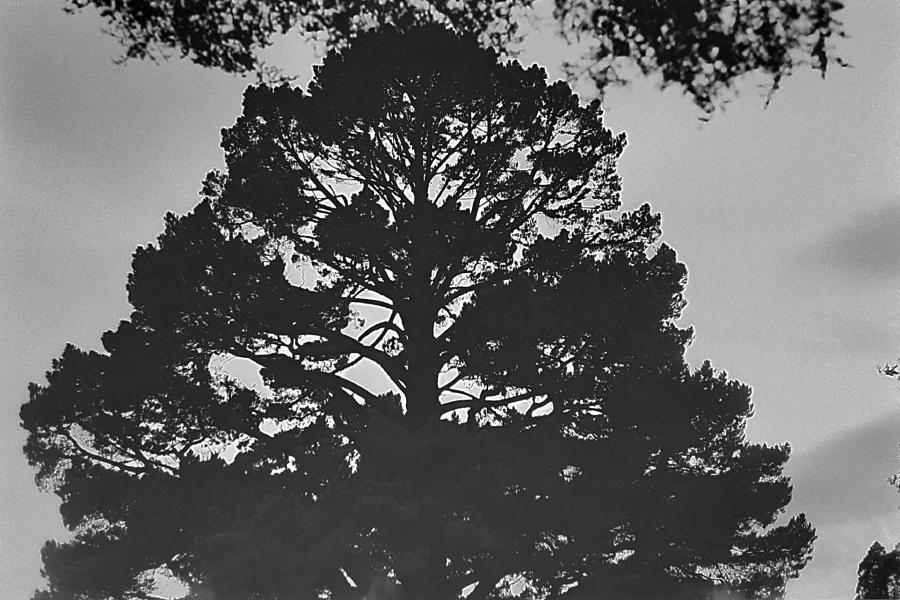
The same shot as the first frame, but now without being ruined by loading the film. Call it economical, but getting a couple of extra frames per roll feels great and is often interesting to look at!
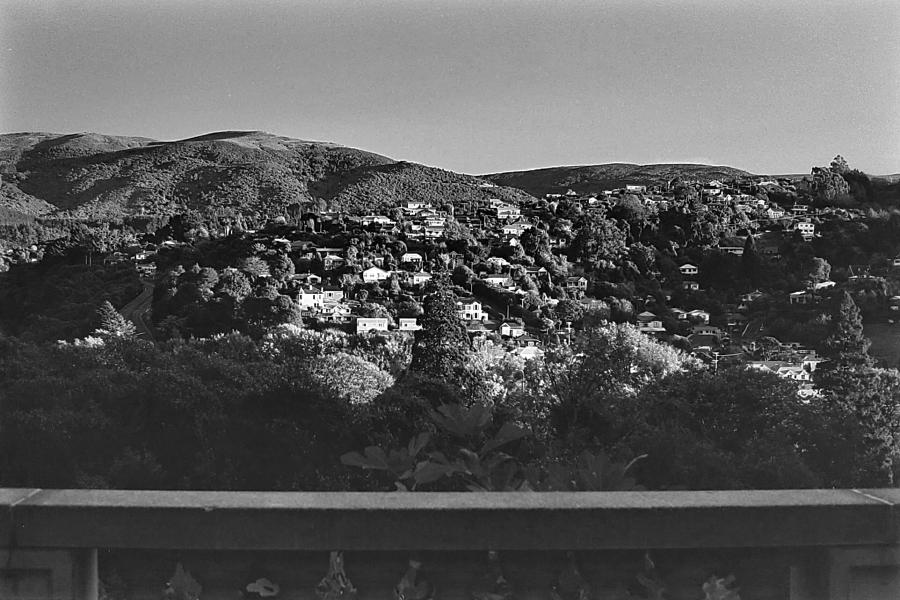
Something I noticed about this film was just how contrast-y it is. I didn’t push this at all, and yet still we’re seeing really nice shadows on the far hills. The grain is also very fine — the sky here shows almost no grain, while Retro 400S would have much more noticeable grain.
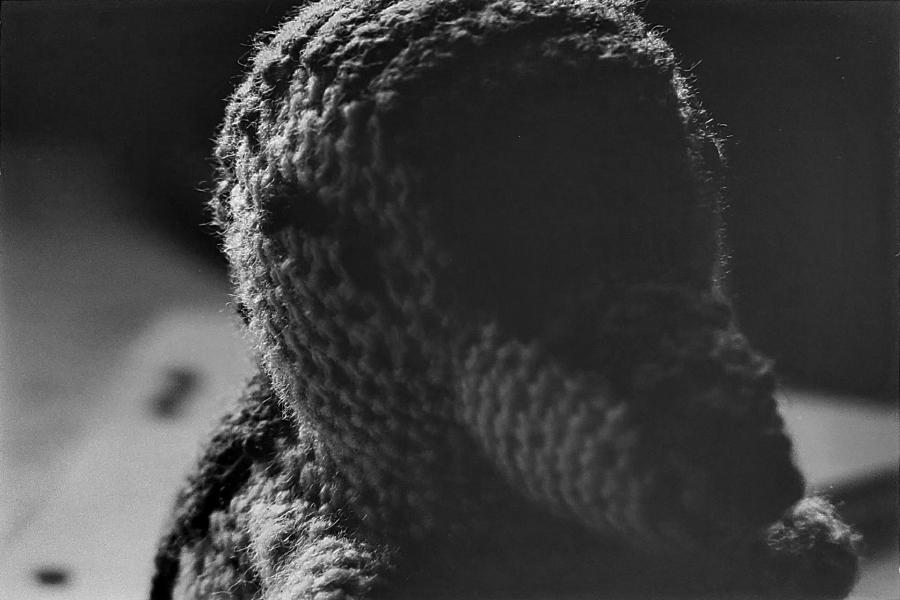
Here’s some crochet I completed over the course of shooting this roll. The detail on this frame is lovely. Individual fibers of yarn are present, and there’s so little film noise!
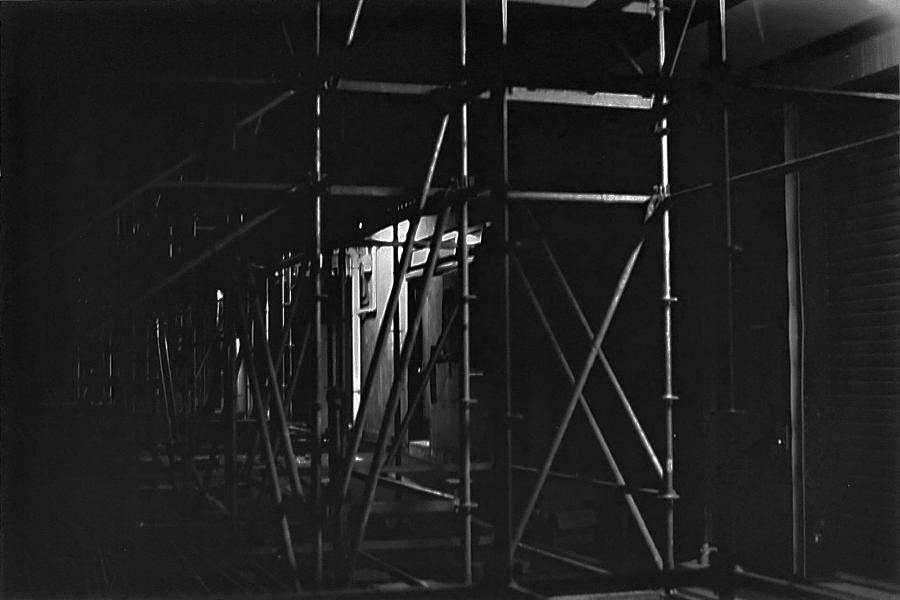
A night-time shot of some scaffolding, which I thought had some nice lighting and contrast.
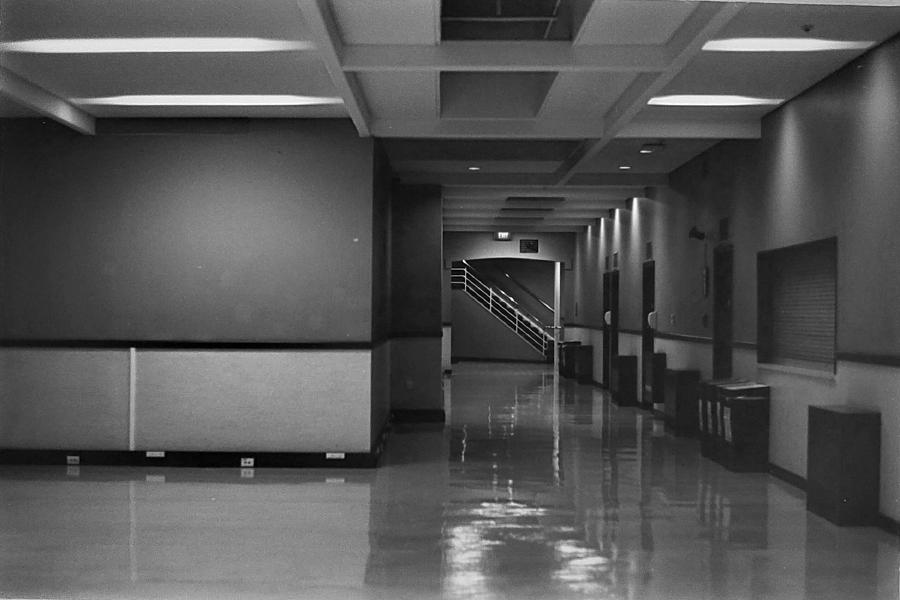
An empty hallway outside some lecture theaters. There’s something eerie about a space that is normally so busy being so quiet.
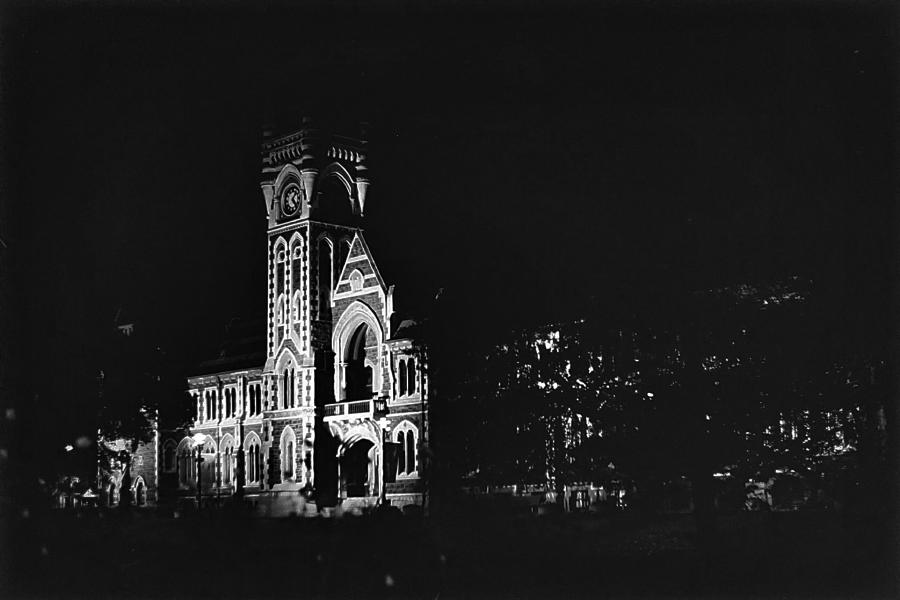
The clocktower, but at night! I was experimenting with long exposures to capture detail in low light. Here, at f/2, this wasn’t so bad. However…
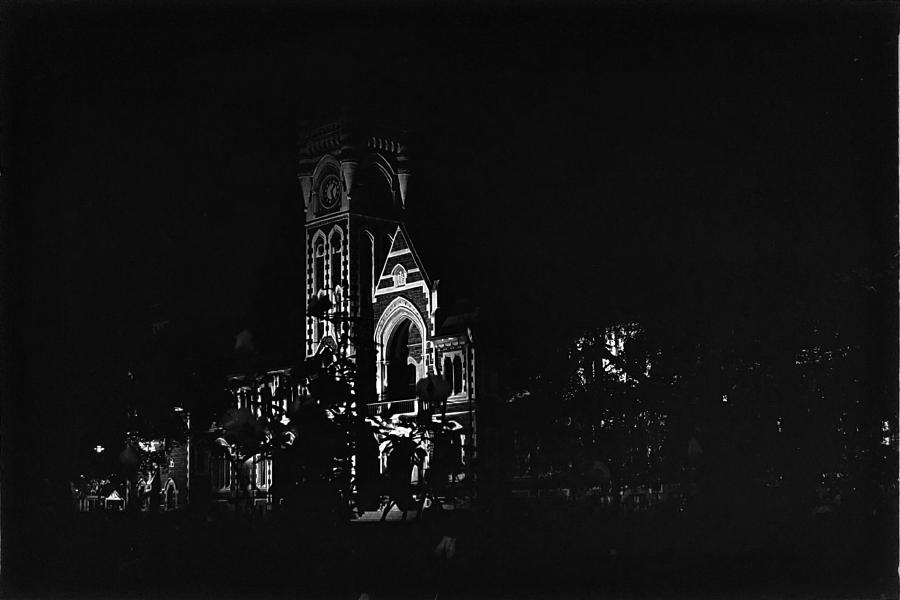
Moving to f/16 to try and get the foreground in focus as well (there are flowers there!) I encountered a hurdle. Film experiences reciprocity failure — the emulsion becomes less sensitive to light the longer it is exposed — which must be compensated for. If your light meter says to expose for 30 seconds, you may actually need to expose for 180 seconds. When (1) using slow film, e.g. ISO 80, (2) shooting at night, and (3) stopping down the aperture a significant amount, you end up with an exposure that stretches into multiple minutes. I did not expose for long enough (only two minutes, not three or four), and so the flowers in the foreground do not have many details.
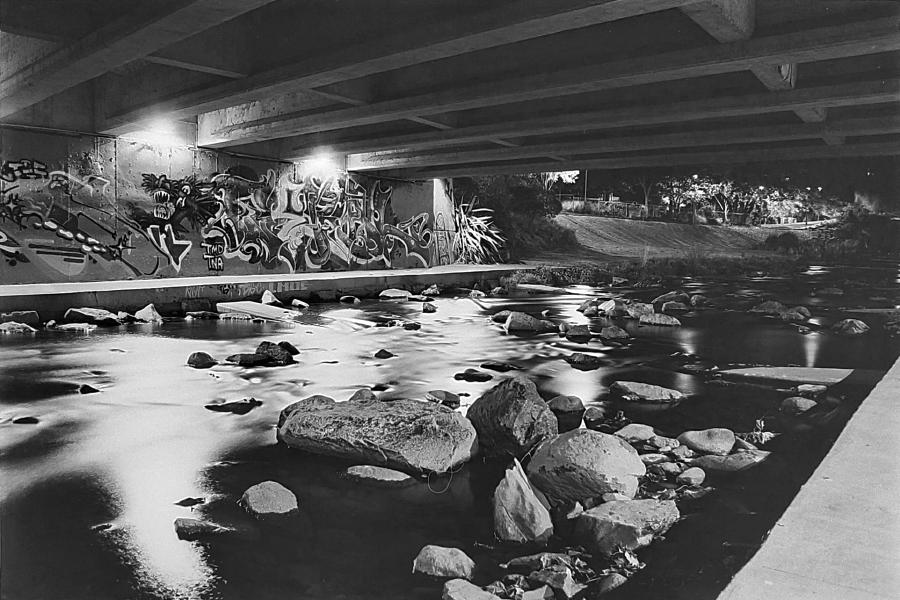
A much more successful long exposure over the river. This took a full 90 seconds, but I purposefully wanted to capture the motion of the river over time. The eddies have blurred together to make something really nice.
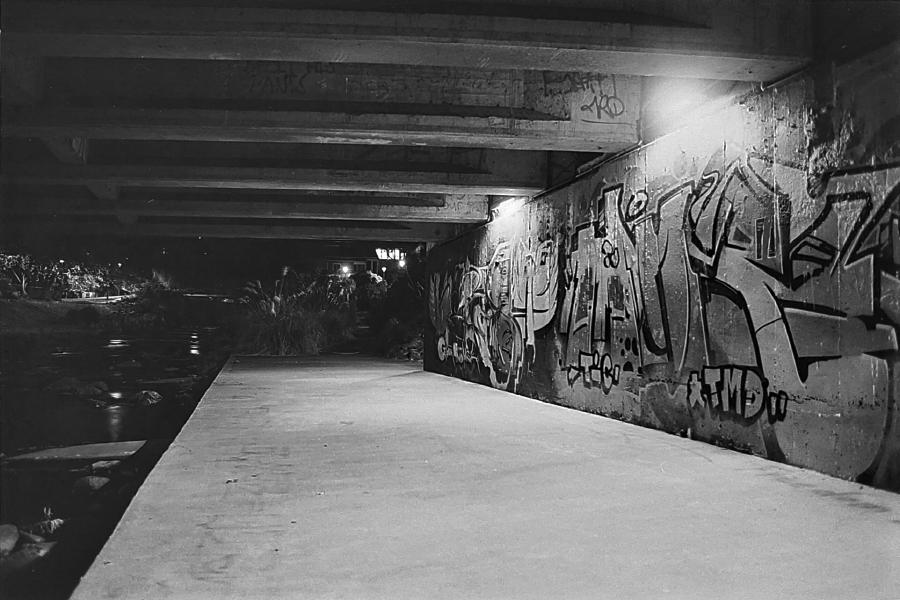
And then, with one last frame and already on my way home, I took a final exposure of the underpass. Quite happy with how the highlight and shadow details turned out!








